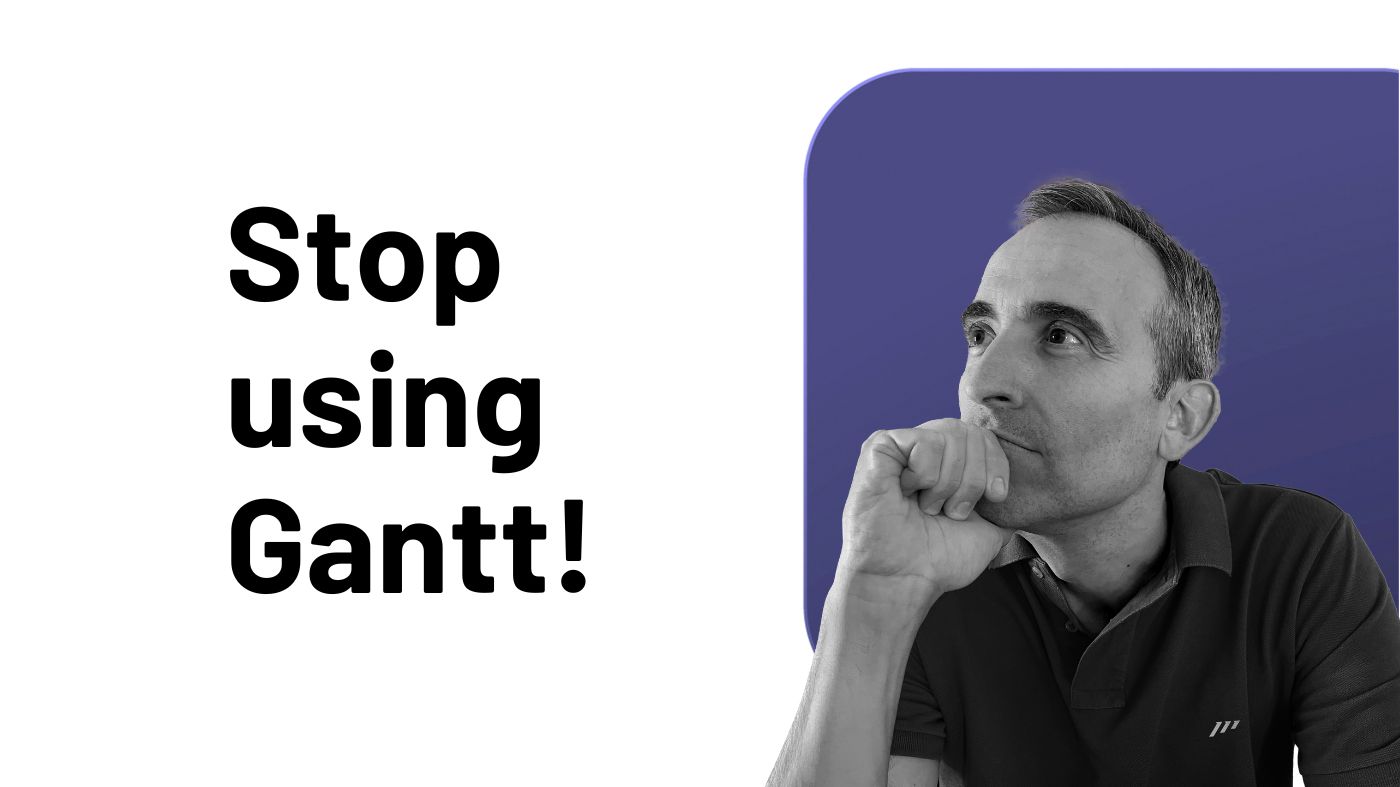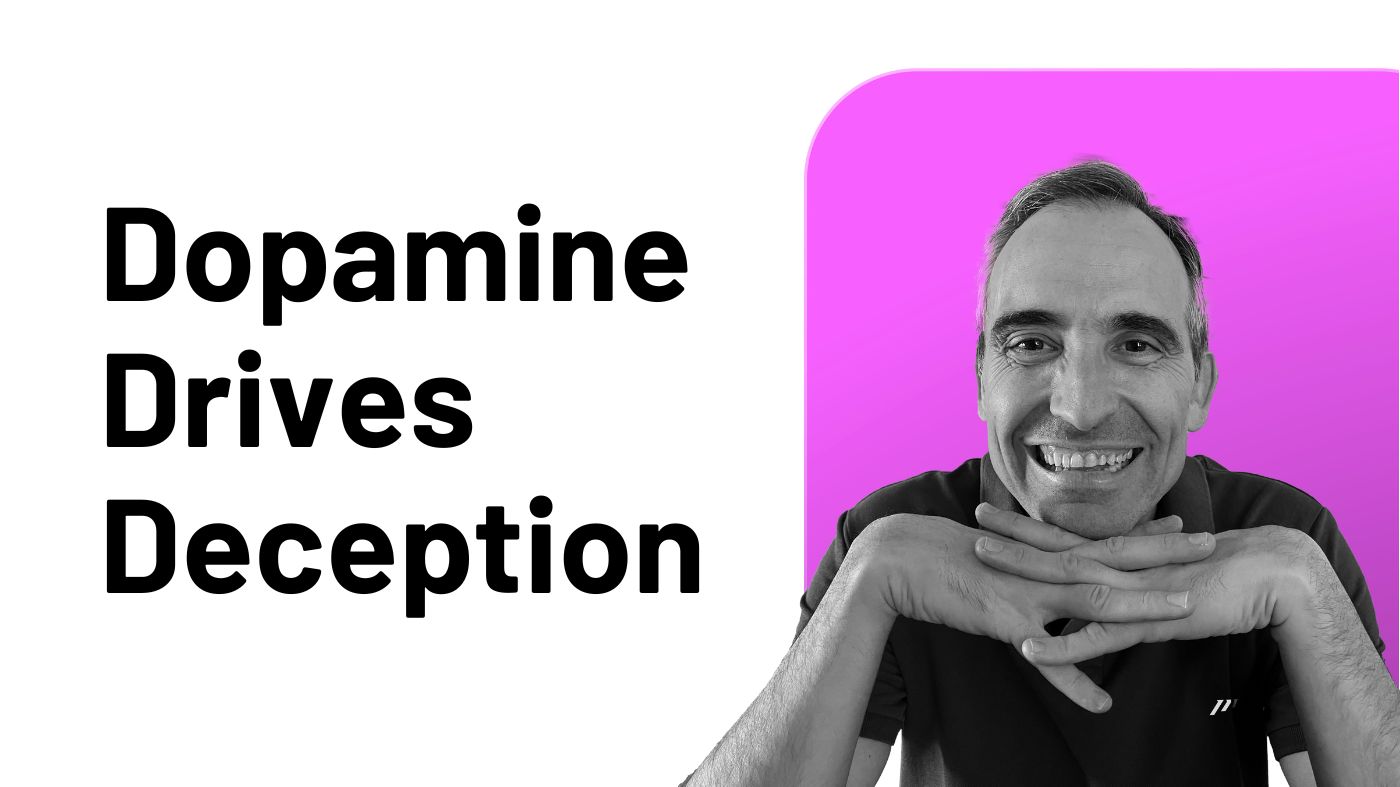In today’s fast-paced world, Project Management demands flexibility, adaptability, and efficiency.
For decades, Gantt charts were a trusted staple in visualizing project timelines, dependencies, and milestones.
But, today, reality has changed.
Let me share an example with you.
A Fortune 500 tech company lost $2.3M on a failed product launch last year. Their post-mortem revealed a crucial insight: their rigid Gantt chart planning had prevented them from adapting to market changes fast enough.
That’s how busy professionals are now discovering that this “old-school” tool may not keep up with modern needs.
So, what are the challenges, and how can a more flexible approach drive project success?
What Makes Traditional Gantt Project Planning Obsolete?
The challenge isn’t just about outdated tools like Gantt. It’s about the changing nature of work itself.
McKinsey’s Workplace Report shows that:
-
Project timelines are 40% shorter than five years ago.
-
Teams face 3x more pivots and changes than in 2018.
-
82% of successful projects require frequent plan adjustments.
That’s why:
-
72% of project managers report that Gantt charts become outdated within weeks of creation.
-
Teams spend an average of 4.5 hours per week just updating project timelines.
-
68% of successful projects now use adaptive planning methods instead of rigid frameworks.
Besides, unexpected challenges arise, and new opportunities surface frequently.
The rigid structure of Gantt charts can make it difficult to accommodate these changes without extensive reorganization.
If a single task is delayed, the entire project can require updating, adding unnecessary stress and time consumption.
Dependencies, once the strength of Gantt charts, can create more confusion than clarity when dealing with real-world complexities.
“The future is not in rigid planning but in agile adjustments.” — Peter Drucker
How Are Successful Teams Replacing Gantt Charts?
Instead of committing solely to a Gantt chart that plans months in advance, modern Project Management favors layered planning.
Consider a setup where quarterly plans outline big-picture goals, and weekly plans keep track of immediate tasks.
If you feel a gap exists between quarterly and weekly, try adding monthly or bi-monthly check-ins to adjust your approach as the project evolves.
This balanced structure allows for a clearer view of priorities without the overwhelming details that may not even apply a few weeks from now.
How Can You Plan Big Projects Without Micromanaging Dependencies?
When working on large projects, setting up “big blocks” with critical deadlines is more effective than detailing every task dependency.
For example, in stakeholder meetings, deadlines often revolve around major client milestones and the availability of key suppliers.
By focusing on these primary milestones rather than each individual dependency, teams can better manage sudden changes, using weekly reflections to identify delays and adjust as needed.
This flexibility enables a more realistic, high-level approach that still keeps the project moving forward.
What Makes Weekly Planning More Effective Than Detailed Dependencies?
Recent research from Harvard Business Review reveals:
“Teams using weekly planning cycles are 3.2x more likely to deliver projects on time compared to those relying solely on detailed long-term plans.”
Check out the data behind weekly planning success:
-
92% of successful project pivots happen within a weekly cycle.
-
Teams save an average of 6.3 hours per week previously spent updating dependencies.
-
Project managers report 41% less stress when using weekly adaptive planning.
Rather than trying to project every single detail months ahead, prioritize weekly reflections to adapt to the immediate project landscape.
When unforeseen delays or challenges arise, re-evaluating weekly provides a manageable cadence for pushing crucial tasks forward and making decisions that have an immediate impact.
Why spend hours planning months in advance when your current workload demands all your focus now?
“Focus on weekly wins to ensure long-term success.” — Unknown
How Should You Structure Modern Project Planning?
The era of relying solely on Gantt charts is behind us.
Instead, project managers and busy professionals are shifting toward an adaptable, milestone-based approach (in ICOR®, the methodology we’ve created at the Paperless Movement®, we name them Weekly Goals) that allows them to tackle high-stakes projects in manageable chunks.
By planning quarterly, monthly, and weekly, you’re able to maintain structure without losing sight of what’s immediately actionable.
Try this approach:
-
Quarterly Level:
-
Set broad goals.
-
Define major milestones.
-
Allocate resources.
-
Monthly Check-ins:
-
Review progress metrics.
-
Adjust resource allocation.
-
Address emerging risks.
-
Weekly Execution:
-
Set specific task priorities.
-
Remove obstacles.
-
Celebrate (always celebrate!) quick wins.
Actionable Takeaways
“In project management, it’s not about perfection; it’s about progress and adaptability.” — Unknown
-
Strategic and layered planning: Set quarterly goals with clear (and easy) success metrics.
-
Weekly evaluations: Prioritize weekly assessments to address immediate concerns and reduce the need for constant re-planning.
-
Tool selection to ditch the dependency trap: Choose flexible tools that support quick updates. Prioritize visualization capabilities over detailed dependencies. Ensure easy collaboration features for your Team Communication system.
-
Team adaptation: Train teams in adaptive planning methodologies (like ICOR®). Establish clear communication channels. Create feedback loops for continuous improvement
The future of Project Management lies not in rigid planning but in adaptive methodologies and tools that support modern work patterns.
As one Gartner analyst notes, “The most successful organizations aren’t those with the most detailed plans, but those with the most adaptable ones.”
Transform your Project Management approach now, and join the ranks of companies seeing 41% less stress, 35% better outcomes, and 47% fewer missed deadlines—all by leaving Gantt charts behind.




